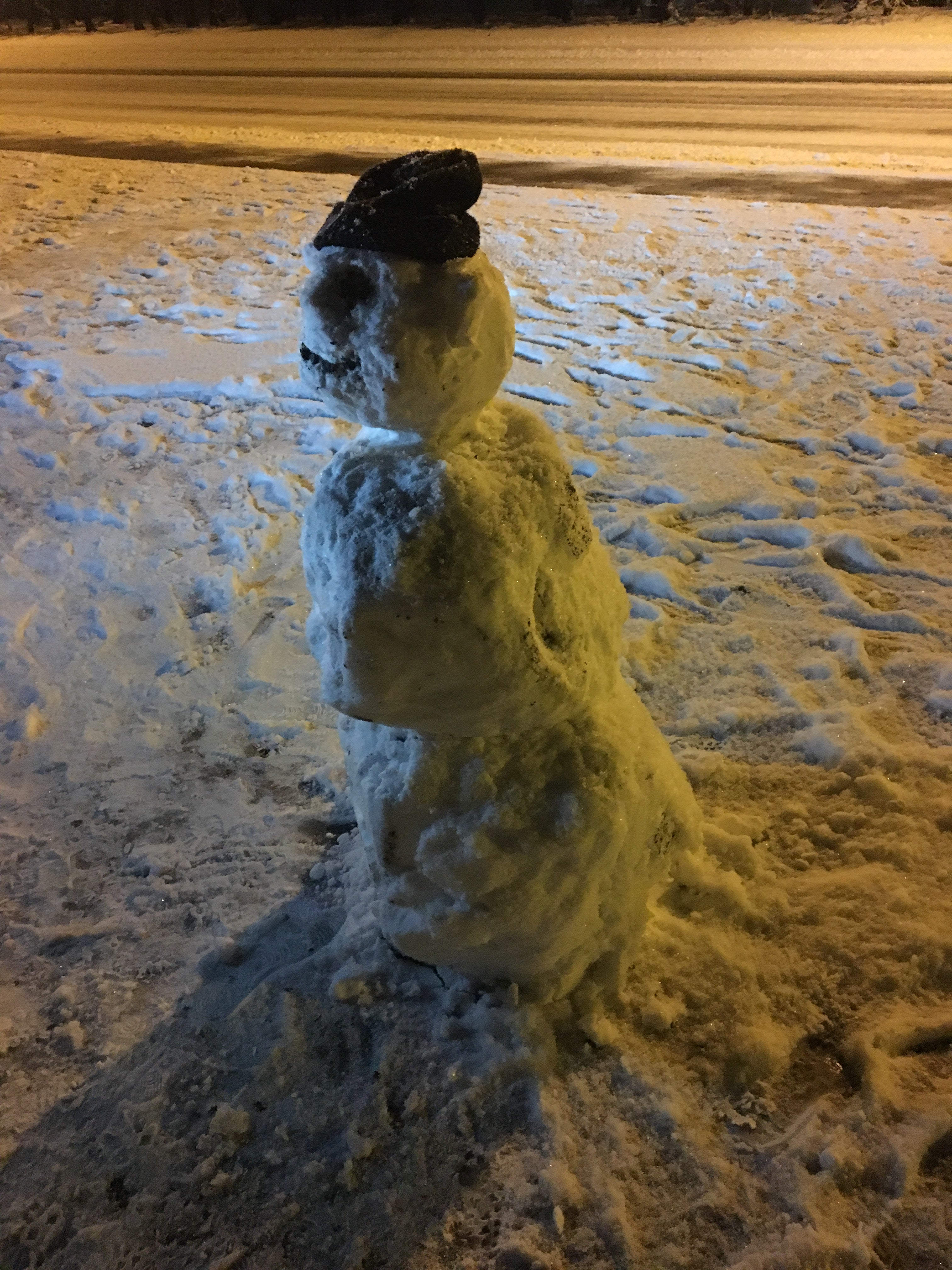By now, like most, you’ve seen all sorts of magical photos of Iceland. Waterfalls galore, black sand beaches, glacier hikes and rainbows in every direction. It truly is a special place to visit. You’ve done some research, you have a general sense of what you’d like to see, but now the big question.
When is the best time for you to visit Iceland?
Generally speaking, summertime is a great time to visit Iceland. However, depending on the experience you’re looking for there may be a different season better suited for what you want to do! Read on for what to consider as you determine the best time to visit Iceland.
Aurora Borealis Viewing
If you’re looking to see the Aurora Borealis, you’ll want long, cold nights. Although you may still see them in early fall and late spring, your best chance will be closer to the winter months. November to March is probably your best bet, but you’ll have to contend with the cold!
Daytime temps in Iceland from November to March hover around 2°C (35°F) to 3°C (38°F), and it’s often very windy with rain and snow. Although the cold and long, dark nights make for ideal viewing of the Northern Lights, storms and cloudy skies can sometimes get in the way, so there is unfortunately no guarantee.
You can find great accommodations in small towns far from the city to view the Northern Lights, or if you’re staying in Reykjavik, there are numerous tours that will take you around to great, local spots.
Best time to visit Iceland for the aurora borealis: Late Fall or Early Spring
Glacier Adventures
Iceland has all kinds of awesome glacier adventures! You can go ice climbing in Skaftafell National Park (my personal favourite for adventurers), Super Jeep touring on the Eyjafjallajökull glacier, or head out on a glacier hike or glacier cave adventure.
Some tours can be done year-round, depending on the region of Iceland you choose. However, some are limited to the colder months where the glaciers are strong and steady. I went in early October which was too early for the ice-cave tunnel tour, but we were able to go ice climbing and got lucky with perfect weather.
However, fall and winter weather can be tricky – the day before our tour it had been pouring all day. So, just make sure you leave some flexibility in your Iceland itinerary if you need to shift things a day or two!
Best time to visit Iceland for glacier adventures: Winter
Golden Circle Sightseeing
There really is no bad time to visit the Golden Circle. As one of the most popular tourist regions of Iceland, the roads are very well maintained and attractions can be seen year-round. Crowds are highest in the summer months, but you’ll still have a fair amount of crowds in spring in and fall. In the winter, you’ll have fewer crowds, but more snow to contend with. There is certainly beauty to snow-covered waterfalls, but unless you’re bundled up properly, the cold winters of Iceland can be tough.
Close to Reykjavik, you can choose to rent a car and drive the Golden Circle yourself, or you can choose one of the many Golden Circle tours out of Reykjavik. I like going at my own pace so I chose to self-drive, but it’s sometimes easier to let someone else do the driving. The whole circle can be seen in a day, or you can choose to stay at accommodations along the way and take your time.
Best time to visit Iceland for golden circle sightseeing: Year-Round
Hiking, Sightseeing and Waterfalls
Iceland has waterfalls everywhere. I’m not kidding. It’s amazing. Some of the biggest and most popular waterfalls you’ll get with the Golden Circle Tours, but there are other waterfall and hiking adventures to suit whatever kind of adventure you want!
The Snæfellsnes Peninsula is a great area not to be missed, and can be driven any time of year. In winter, you may need a 4x4 car rental, or you can choose to go with a tour. Along the south coast, you’ll find Seljalandsfoss and Skógafoss, two very large and famous Icelandic waterfalls, as well as black sand beaches and beautiful villages lining the coast. Also accessible year-round, but 4x4 may be recommended for the winter months.
Or, you can choose a longer hiking trip that will really get you away from the crowds! Hiking is recommended mostly in the summer months, unless you are experienced and with a guide, properly geared up.
Best time to visit Iceland for hiking, sightseeing and waterfalls: Summer
Blue Lagoon and Hot Springs
Because of the volcanic abundance on the island of Iceland, there are hot springs all around. Although most are available year-round, my Blue Lagoon experience in October was less than ideal with very strong winds and cold temps. Therefore if the Blue Lagoon is big on your list, I’d recommend going in spring or summer. Also, because of its popularity, it's important to book ahead of time, and summer months may be difficult to get a reservation unless you book well in advance.
There are great tours that will take you to/from Reykjavik with a transfer to/from the airport, which makes this a great option either coming from or heading to Keflavik airport. We stopped by the Blue Lagoon from Reykjavik on our way to Keflavik airport and it was a very easy and convenient setup. However, there is delicious lobster soup in Grindavik just south of the Blue Lagoon that you’ll miss out on – we drove there separately on a different day.
If you’re looking for other hot spring experiences, there are plenty! You can choose to combine your hiking above with some hot spring fun, or find one of the smaller hot-springs in Iceland and create your own adventure. Depending on where you go, some may not be accessible in the winter months like Seljavallalaug hot springs on the southern part of Iceland which you have to hike to.
Best time to visit Iceland for hot springs: Spring
Whale and Puffin Watching
April to October seems to be the best time for whale watching and kayaking tours because of the longer days and more favourable weather conditions. There are tons of whale watching tours to choose from, depending on which region you want to visit.
Also, if you visit Iceland during the months of May to August, many of the tours include Puffin watching during their nesting season!
Best time to visit Iceland for whale and puffin watching: Summer
Icelandic Horseback Riding
Horseback riding in Iceland was one of my favourite experiences there. It helps that I grew up on horses and love riding in every country I go, but also, the landscape and experience were amazing. Again, we got lucky with the weather in October as it was forecast to rain all day…and then didn’t.
Some horseback riding places close for the colder months, especially with a decrease in tourism, but many are open year-round. I did a 3 hour ride near Selfoss just south of Reykjavik, riding along the lava beds at an experience level comfortable for our group.
Some places specialise in winter tours, so no matter when you go, you’ll have options to hang out with awesome Icelandic horses!
Best time to visit Iceland for horseback riding: Year-Round
I hope this information has been helpful as you plan your Icelandic adventure! I promise your trip will be amazing, no matter what time of year you choose to go. Happy travels!
- See also: Weather in Iceland & Best Time to Travel


















